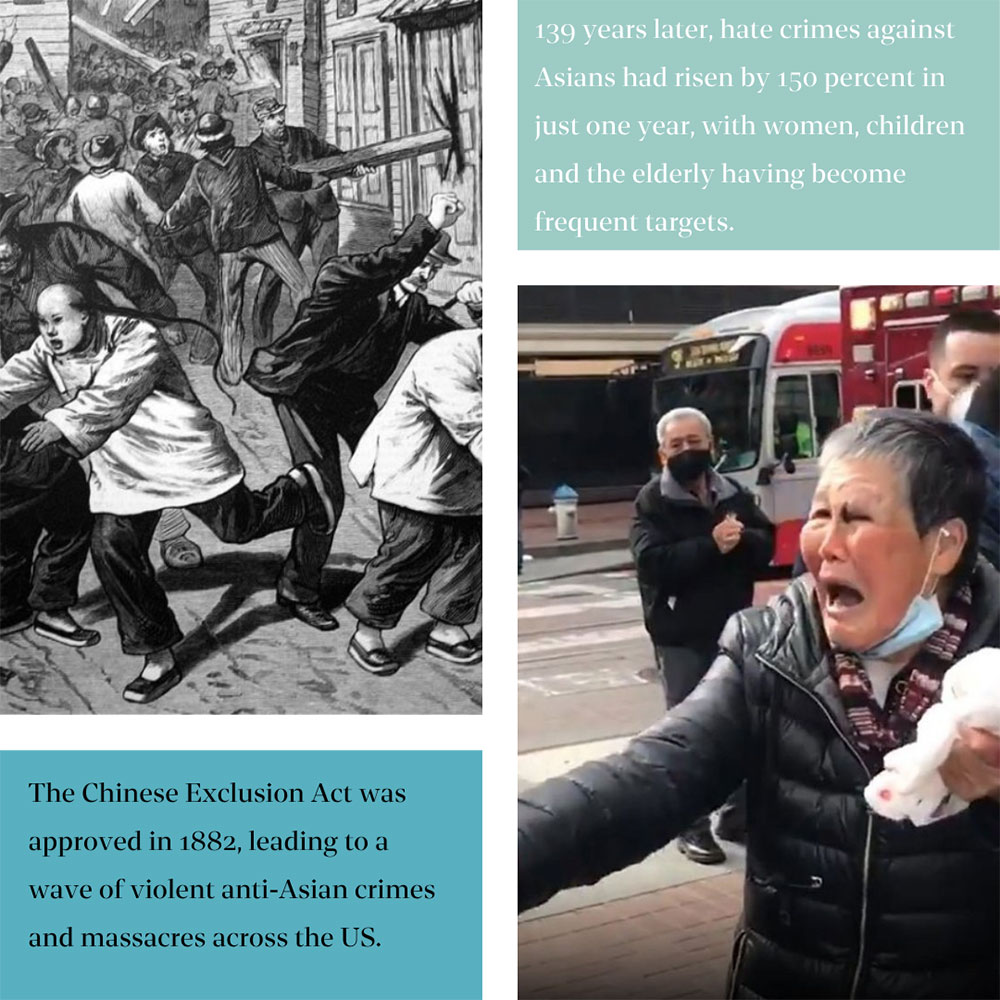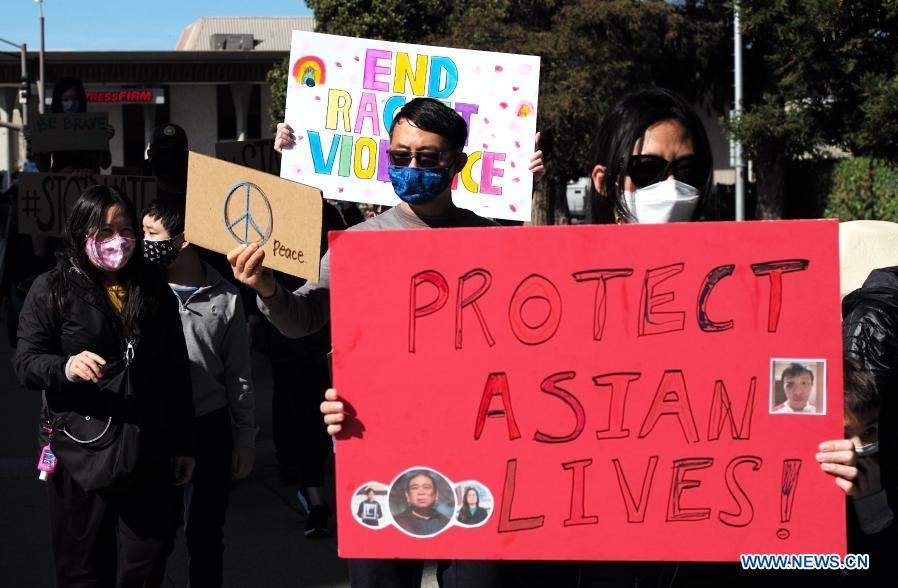Trail of Tears under Mount Rushmore: a look into the United States’ deep-rooted colonialism and racialism (4)
Chinese Exclusion Act: The US government’s systematic exclusion of Asian Americans
That hereafter no State court or court of the United States shall admit Chinese to citizenship; and all laws in conflict with this act are hereby repealed.
- Section 14 of the Chinese Exclusion Act, approved by President Chester Arthur in 1882
Signed by President Chester Arthur on May 6, 1882, the Chinese Exclusion Act provided an absolute 10-year moratorium on the immigration of Chinese laborers. For the first time in its history, US federal law proscribed the entry of a racial/ethnic group on the premise that such migrants endangered the good order of certain localities.
Following the passing of the Act, Americans inflamed with anti-Chinese sentiment violently forced members of local Chinese communities to flee to other areas, leading to the Rock Springs Massacre in 1885 and the Hells Canyon Massacre in 1887.
When the original exclusion act expired in 1892, Congress extended it for an additional 10 years in the form of the Geary Act. This extension, made permanent in 1902, added restrictions by requiring each Chinese resident to register and obtain a certificate of residence. Without such a certificate, one would face immediate deportation. The Act was not repealed until as late as 1943.
How are Asian Americans today?
People take part in a rally against anti-Asian hate crimes in San Mateo, California, the United States, on Feb. 27, 2021. Senior officials of the US Justice Department said on Friday that week that the recent surge in violence and hate-related incidents against Asian Americans in the country is unacceptable, vowing to investigate these cases and other hate crimes. (Xinhua/Wu Xiaoling)
Asian Americans are one of the wealthiest, best-educated visible minorities in the US today. More than 54% of Asian Americans have a bachelor’s degree, which is the highest of any racial or ethnic group in the country, and compares to 32% overall for US residents, according to the 2015-2019 American Community Survey.
Though having often been hailed as a “model minority” among US citizens, racism and discrimination against Asian Americans constitutes a long-standing social issue and one that has only worsened during the ongoing COVID-19 pandemic. According to NBC News, despite the overall number of hate crimes in 2020 having decreased by 7 percent compared with total figures in 2019, those incidents targeting individuals of Asian descent rose by nearly 150 percent.
Despite their excellent educational backgrounds, long-term unemployment rose more sharply among Asian American workers who faced unemployment during the pandemic. According to a report from the Pew Center, in the fourth quarter of 2020, nearly half of unemployed Asian workers had been out of work for more than six months, which compares with 21% in the fourth quarter of 2019.
The now distant memory of the Chinese Exclusion Act is now being resurfaced in the midst of a rampant worldwide pandemic and rising tensions between the US and China. On December 2, the Fairness for High-skilled Immigrants Act, which set forth measures to reform US immigration policy, was passed in the Senate. Section 9 of the Act stipulates that the US government would prohibit the admission or adjust the status of aliens affiliated with the military forces of the People’s Republic of China and the Communist Party of China, a discriminatory clause that has been condemned by the public and legal experts as a “return to the Chinese Exclusion act.”
 |  |
Photos
Related Stories
- Russia says U.S. has to pay for new sanctions
- U.S. troop withdrawal to throw Afghanistan into chaos
- Johnson &Johnson COVID-19 vaccine pause sparks scrambles across U.S., media reports
- U.S. regional manufacturing continues to improve in April: survey
- U.S. agricultural futures close mixed
- U.S. weekly jobless claims drop to 576,000, lowest since pandemic outbreak
- U.S. Senate votes to open debate on anti-Asian American hate crimes bill
- U.S. new anti-terrorism program violates human rights: UN experts
- U.S. minority communities urged to unite in fighting racism, xenophobia
- U.S. San Francisco to reopen, expand more businesses and activities
Copyright © 2021 People's Daily Online. All Rights Reserved.












